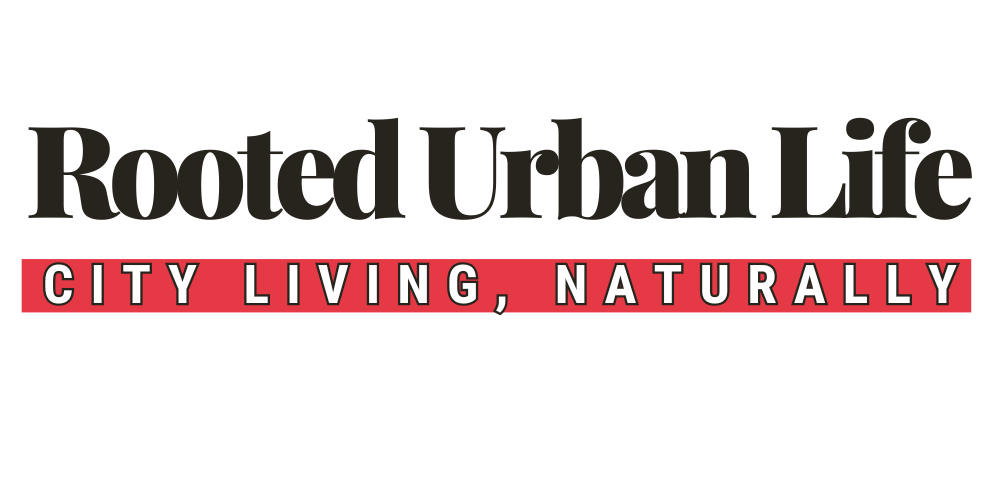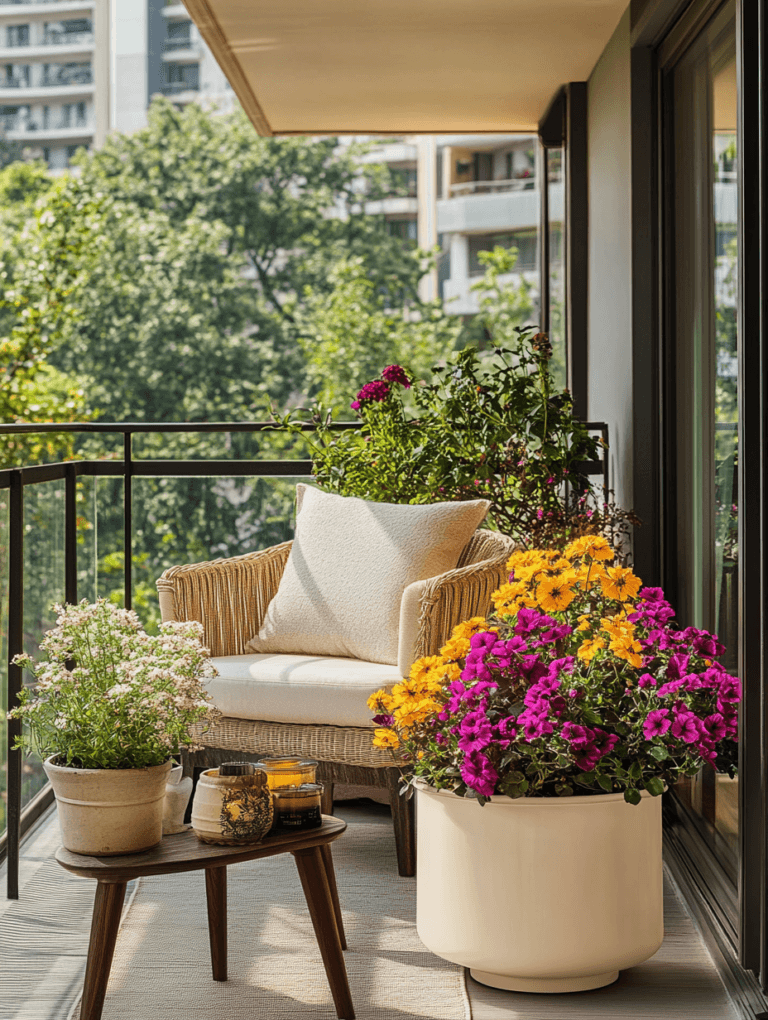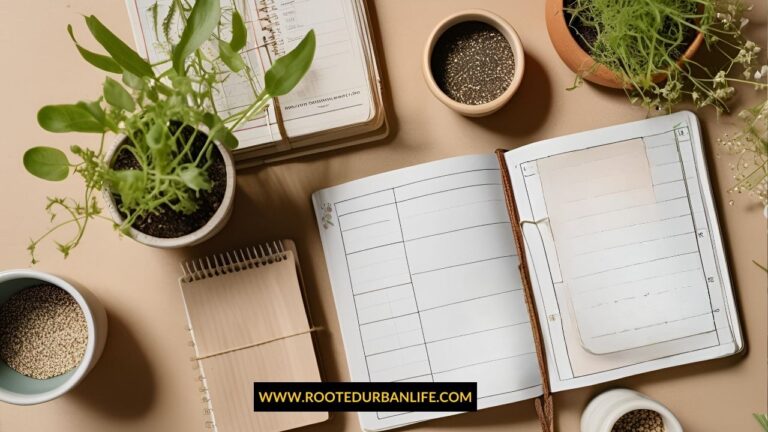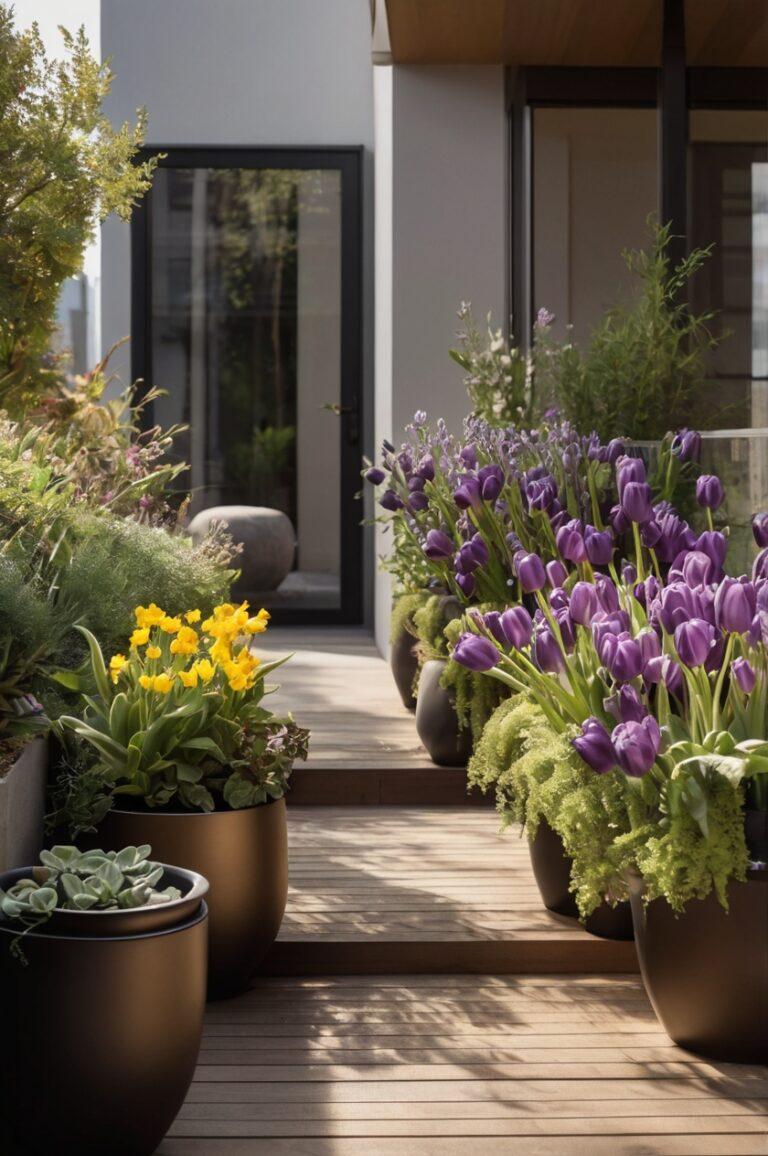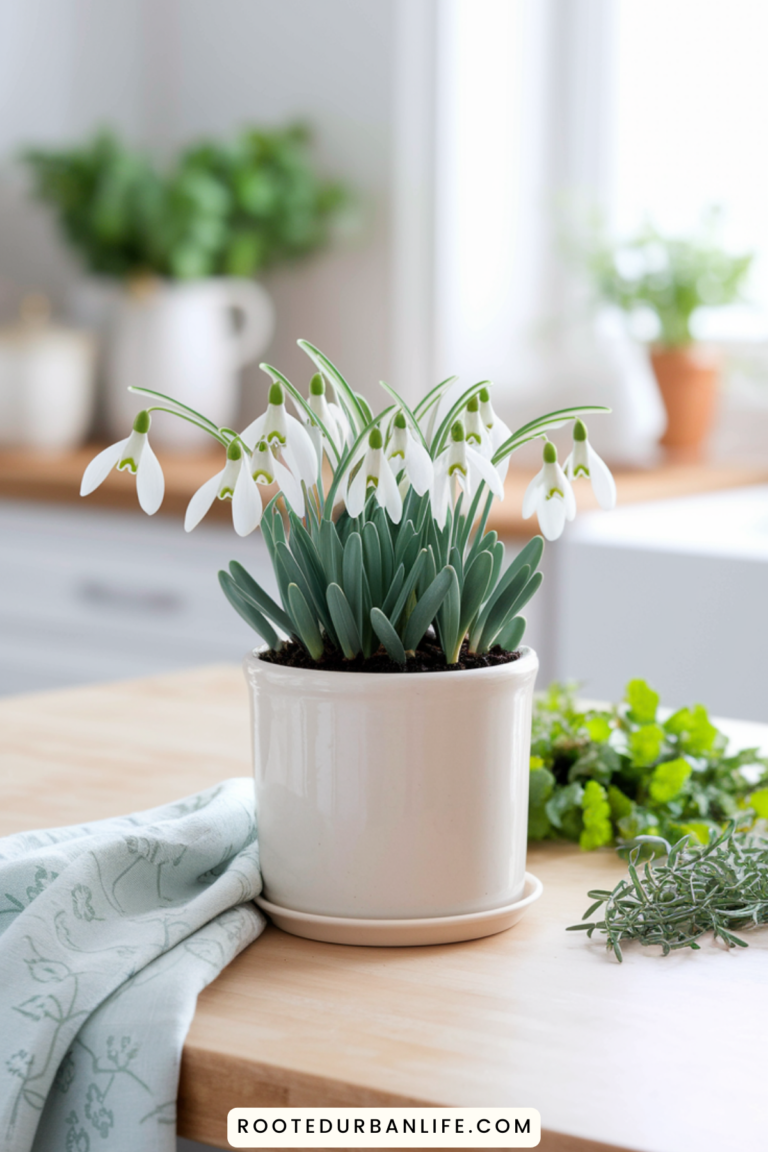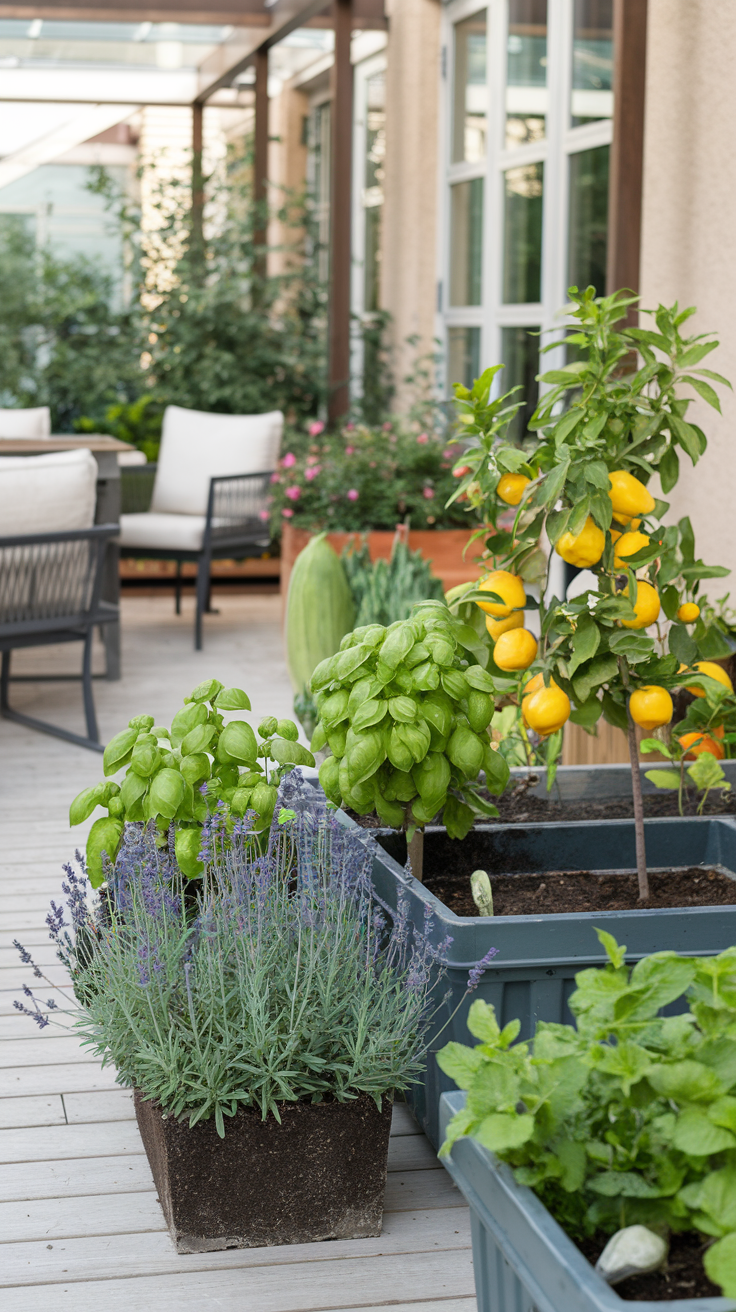Transform Your Gardening with Self-Watering Containers
This Gardening Hack Grows Perfect Plants While You Sleep—Steal It Now!
The Problem: Tired of wilted plants, endless watering, or gardening that feels like a chore? You’re not alone—keeping plants thriving can be a hassle, especially with a busy schedule or unpredictable weather.
What You’ll Learn: In this guide, you’ll uncover how self-watering containers solve these headaches, from setup to harvest. We’ll walk you through building your own system, planting like a pro, and growing fresh veggies with ease—no green thumb required.
Why It’s Worth It: Self-watering containers aren’t just pots—they’re your ticket to stress-free gardening. Enjoy:
- Consistent moisture for healthier plants, no daily watering needed.
- Time savings to focus on life, not upkeep.
- Bigger harvests with less waste, perfect for beginners and pros alike. Say goodbye to guesswork and hello to a thriving garden that practically runs itself.
Understanding Self-Watering Containers
Self-watering containers are built to take the guesswork out of plant care. They have two key components: a water reservoir at the bottom and a wicking system that pulls moisture up into the soil. Through capillary action, the wick ensures your plants stay hydrated without drowning the roots. The soil stays moist but not soggy, reducing water waste and keeping evaporation to a minimum. It’s a simple yet ingenious design that mimics nature’s way of nurturing plants.
Why Choose Self-Watering Planters?
The perks of self-watering containers go beyond convenience. For starters, they provide consistent moisture, which means your plants are less likely to dry out or suffer from erratic watering schedules. This is a game-changer if you’re often on the go or prone to forgetting the watering can.
They also reduce overwatering risks by letting plants sip only what they need, preventing root rot and other soggy-soil woes. Plus, they’re water-efficient—ideal for eco-conscious gardeners.
Designing a Self-Watering System
Building a self-watering container is easier than you might think.
- Start with durable materials like PVC pipe for a fill tube, a sturdy pond liner for the reservoir, and absorbent wicking material (think coconut coir or felt).
- Line a container with the pond liner to create a waterproof base, then add a wicking chamber that bridges the reservoir to the soil above.
- Position the PVC pipe as a fill tube for easy water refills.
The result? A custom system that keeps your plants happy with minimal upkeep—just be sure to use plant-safe materials to avoid any chemical leaching.
Planting Made Simple
To set your plants up for success, follow these steps.
- Fill your container with a high-quality potting mix tailored for containers.
- Blend in organic fertilizer for nutrients and perlite for drainage, leaving a couple of inches below the rim.
- Gently loosen the roots of your seedlings or plants, nestle them into the soil, and backfill without air pockets.
- Give them a light initial watering to settle in, then let the reservoir do the heavy lifting. Check the water level weekly, and you’re on your way to a thriving garden.
Growing Produce in Self-Watering Planters
Self-watering planters are great for growing a variety of produce. Tomatoes, peppers, cucumbers, eggplant, and celery love the steady moisture these systems provide, reducing issues like blossom end rot or stunted growth. For fruit-bearing plants like melons or herbs like basil, use larger containers to accommodate their needs, and fertilize periodically to boost production. With the right care, you’ll be harvesting fresh produce without the constant watering hassle.
Troubleshooting Common Challenges
- If your soil feels waterlogged, ensure drainage holes aren’t clogged or add landscape fabric for better flow.
- If you suspect root rot, lift the container to check for standing water and consider using ollas (buried clay pots) for precise moisture control.
- To fend off plant diseases, mix sand or perlite into your soil for extra drainage and inspect leaves regularly for early warning signs like yellowing or spots.
Frequently Asked Questions
How do self-watering containers work indoors?
They use a reservoir and wick to deliver steady moisture to the soil, keeping indoor plants hydrated without overwatering—perfect for low-light or dry spaces.
What’s the best way to use a DIY self-watering container?
Choose a pot with a reservoir, add a separator to keep soil above water, and monitor moisture to suit your plants’ needs. Test and tweak as you go.
How often should I refill the reservoir?
Check weekly, but adjust based on plant thirst and weather—more often in heat, less in cooler months.
Can they overwater my plants?
Yes, if overfilled. Keep the reservoir at a moderate level and test soil moisture to avoid excess.
What do I need for a homemade version?
Grab a container, a plastic bottle or PVC for the reservoir, a wick (like cotton rope), scissors, a drill, potting soil, and your plants of choice.
Key Takeaways
- Simplify Your Gardening: Self-watering containers deliver steady moisture to your plants, cutting down on daily watering and stress—perfect for busy or laid-back gardeners.
- Build It Yourself: With a PVC pipe, pond liner, and some wicking material like coconut coir, you can craft a custom pot that keeps plants happy with minimal fuss.
- Plant Smart: Use a nutrient-rich potting mix with perlite, settle your plants in snugly, and let the reservoir handle hydration—just check it weekly.
- Grow Fresh Produce: Tomatoes, peppers, cucumbers, and more thrive in these systems; add some fertilizer and watch your harvest bloom with less effort.
- Troubleshoot with Ease: Keep drainage clear and soil balanced to avoid waterlogging or disease—your plants will reward you with healthy growth.
Ready to Grow? Share Your Journey! Drop your tips and pics in the comments below—we’d love to hear how it’s working for you! Spread the word by sharing this post with your fellow plant lovers on social media, and let’s grow a community of thriving, low-stress gardens together. Happy planting!

